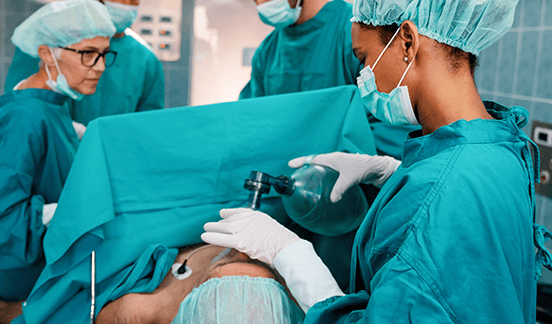- Make a call: +91-9903588155 / +91-8820250803
Laparoscopic techniques have been used in medicine for decades. The idea behind them is that doctors can perform surgery with a few tiny incisions. That way patients don’t have to go through the trauma of a large cut. Laparoscopic surgery has been used in gynecology practices for years, but it’s becoming more popular in many other areas of health care too, including urology and cardiology. Laparoscopy is also often used to treat gallbladder disorders, appendix problems, and some types of cancer.
The main goal of using this technique is to limit the amount of pain and discomfort that patients feel during the recovery process. This is why laparoscopic surgery has become so popular — it’s much less painful than an open procedure and patients can usually leave the hospital sooner than they would if they had open surgery.


Laparoscopic surgery helps diagnose and treat a variety of conditions affecting the female pelvic organs. It involves making small incisions in the abdomen; special surgical instruments are inserted into the abdomen through these incisions. The laparoscope allows the surgeon to see the pelvic organs and its location allows the surgeon to perform many operations through smaller incisions than those required by traditional methods of surgery. Most of the time, laparoscopy is performed on an outpatient basis. The procedure may require an overnight stay if you have scar tissue from previous surgeries.
The procedure is performed by a gynecologist (a doctor who specializes in the female reproductive system). The main reason gynecologic laparoscopy is done is to diagnose or treat female infertility. It’s usually performed in conjunction with other fertility treatments such as intrauterine insemination and in vitro fertilization (IVF). In addition, it is used to treat a variety of pelvic problems, including ovarian cysts, endometriosis, fibroids, ectopic pregnancy and uterine prolapse.
The procedure may be recommended if you have pelvic pain that can’t be explained by any other cause or if you’ve been diagnosed with endometriosis. Gynecologic laparoscopy sometimes enables doctors to remove small growths in the pelvis such as adhesions, tubal blockages and small cysts. These growths can cause pelvic pain, especially with intercourse, and can make it difficult or impossible to become pregnant.
